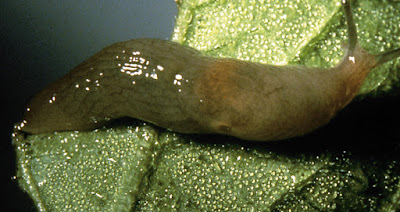
The cottonwoods are starting to spit cotton. In a few days the skies will be filled with cottonwood snow. It will pile up in the corners of the porch and cover the spirea bush like cotton candy. People’s noses will itch and they will blame the cottonwood. The cotton will stick to your sweaty body as you garden and you will go into the shower looking like a giant spider tried to snare you. Invariably, the call comes in for help. Can’t we do something? Please!
A combination of factors causes these trees to produce abundant seed. Sometimes large seed production is a reaction to stress (drought), while other times it is caused by favorable moisture. In other words, they just do this.
The cottonwood at first glance and without proper study, can easily be dismissed as a "trash tree." It has some personal habits that the urban homeowner can find extremely irritating. Like the male catkins that fall early in the spring looking a little like hundreds of wooly worms on the ground. And the sticky pods that fall after that and stain your pants. Then the female lets loose with this cotton, and then because it self-prunes, there are always twigs and dead leaves beneath the tree.
But before we dismiss the cottonwood let’s consider its place in history. I think a very good case could be made for us not even being here without the cottonwood. It provided the Native people shade, a place to camp for the night, and they used the inner bark for women's skirts; the European settlers used the wood for their cabins and their coffins. The Mexican and Spanish people of the Southwest

used it for fuel, its life-saving shade and its roots for carving religious icons. I like to think that the cottonwoods along our ditch are relatives of the ones the Arapaho Chiefs Little Raven and Left Hand shaded themselves under long before Denver began, when they camped along Cherry Creek near its junction with the South Platte.

The rustle of the leaves of the cottonwood can remind you of lapping or rushing water. And last fall right here in the wilds of north Lakewood, a group of vultures migrating, roosted overnight in the neighbor's cottonwood wowing us all with the sight of those great dark birds perched in the tree.
There are a lot of them in north Lakewood (cottonwoods, not vultures), partly because of the irrigation ditches that continue to meander through parts of Jefferson County from a throw back time when this was farmland. And as the cottonwood chooses its own spots it grows all along the irrigation ditches.
So in answer to that question, what can I do about the cotton from the cottonwood? Well, nothing, short of cutting all the trees; or spraying every tree every year with a growth regulator. Ethephon, sold as Florel™. It is labeled to prevent cotton development in female trees and needs to be applied during flower development.
I would like to propose a new reverence for this tree; an understanding that the benefits outweigh its trashiness. Birds call it their home: the woodpeckers, the owls, the grackles, the magpies and vultures; and it continues to offer us life saving shade and the lovely sound of water when the wind blows. And perhaps we should ponder whether our lives have to be so tidy that we don't allow some messiness to interfere?
I say, consider that cottonwood an embarrassing old aunt of a tree. She dresses all wrong, talks too loudly, but has a heart of gold. Her skirts are too short, she gets drunk at Thanksgiving dinner, but she will give you her last dime and a bed on her couch for as long as you need it. She deserves your love! Celebrate the cottonwood. Gather the cotton and stuff a pillow; the cotton is actually hypoallergenic!
Here’s some more information.
http://www.ext.colostate.edu/ptlk/1758.html













